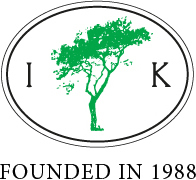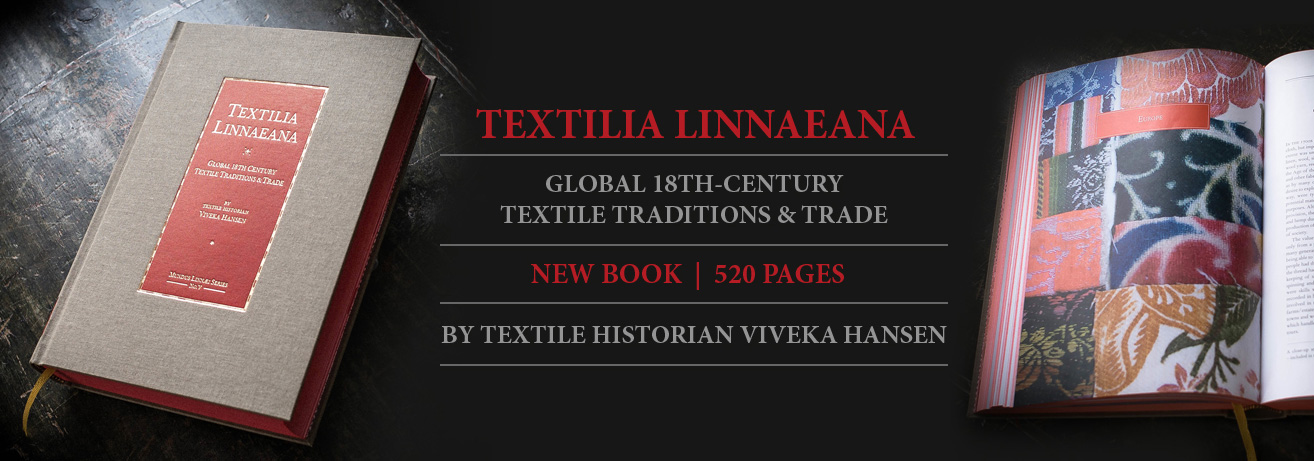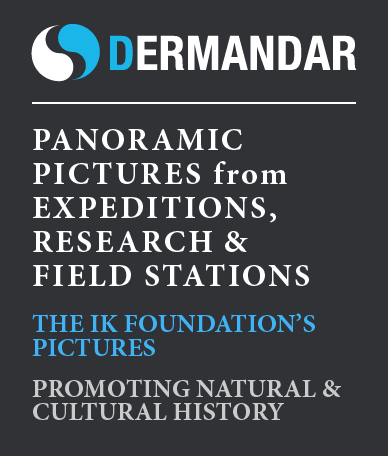ikfoundation.org
Promoting Natural & Cultural History



“I was glad to note what was necessary with my pencil and the notebook kept in my pocket,” wrote the Linnaeus apostle Pehr Osbeck in a letter to Carl Linnaeus on 14 October 1752. A quote that may stand as a symbol for the aim of this project, that is to say, to understand the practical aspects of fieldwork and journeys in natural history during the 18th century.
The project is closely linked to the research and publishing work THE LINNAEUS APOSTLES – GLOBAL SCIENCE & ADVENTURE within The IK Foundation and the project BRIDGE BUILDER EXPEDITIONS with present days travels in many European countries, North America, Russia, Kazakhstan, Kyrgyzstan, China and the Arctic areas.
This work will give a further in-depth understanding of 18th century travels and fieldwork – before, during and after – from not only the perspective of the naturalists but also their assistants, local guides and patrons. Carl Linnaeus and his seventeen Apostles evidently had an extended network over their lifetimes, and a surprising number of these individuals knew each other in a complex combination of contacts via personal meetings and correspondence. Whilst women were scarcely seen as travellers among the approximately one hundred linked persons, they often assisted with the naturalists’ personal belongings. Mothers, sisters, wives, daughters, washerwomen, knitters, and weavers were undoubtedly part of preparing clothing or scientific writings, copying letters, etc.
Even if a traveller’s Instruction written prior to a journey was often followed as strictly as possible, many observations seem to have been accidental, frequently giving additional or different information than initially intended – the personal belongings and collections were also part of these random encounters. The overall project has been studied from a wide range of sources, in the best way possible, to understand the practical everyday needs and experiences during long journeys over land and sea in the 18th century.
- COLLECTIONS: handwritten travel journals and diaries, correspondence and other personal accounts, inventory lists onboard ships/East India Company, purchasing lists, and estate inventories.
- PRINTED SOURCES: 18th century travel journals, travelling expenses, newspapers and adverts. Together with secondary literature sources from the 18th century up to the present.
- PHYSICAL OBJECTS: chests, clothes, fabric samples, herbaria etc.
- VISUAL SOURCES: contemporary prints and paintings.
- FIELD STUDIES: within the Bridge Builder Expedition concept with visits to actual 18th century fieldwork locations to understand practical circumstances in the same geographical spots.
The results of the 18th century naturalists are well-known and have been published over the last century from many different angles. However, studies of the practical aspects have not been given the same attention in modern research. Of course, if you do not understand both the theoretical results and the practical elements, we really know little about the full breadth of how their scientific aims, successes, failures, and end products came to be achieved. In The IK Foundation, one of its primary missions within all multidisciplinary work has always been to see the world from a combined practical and theoretical viewpoint – just as everyday life is for all humans!
Concerning this, IK has, for more than thirty years, promoted long-term projects of practical aspects, publicising results in exhibitions, books, and digital resources. To mention a few examples since the beginning of this millennium:
- THE RETURN OF THE LINNAEUS APOSTLES, an exhibition at the Royal Geographical Society in London.
- The groundbreaking section ‘Practical Aspects’ in Volume One of THE LINNAEUS APOSTLES – GLOBAL SCIENCE & ADVENTURE was written, among others, by Ragnar Edberg, Viveka Hansen, Henry Smeathman, and Per Sörbom.
- The monograph TEXTILIA LINNAEANA – GLOBAL 18TH CENTURY TRADITIONS & TRADE by Viveka Hansen.
- The continuous publishing of essays on iTEXTILIS (part of the IK Workshop Society) related to 18th century Natural & Cultural History with a textile perspective.
- The BRIDGE BUILDER EXPEDITIONS is the overarching definition for a series of contemporary and scientifically sustainable projects established by The IK Foundation. This undertaking aims to inspire and contribute to understanding our shared planet! These projects are grounded in the concepts of retracing and lifting both practical and theoretical knowledge from the Linnaeus Apostles' journeys.
THE STORY | FIELDWORK – THE LINNAEAN WAY is a research and publicise project founded in 2017 by Viveka Hansen at The IK Foundation as part of the IK Workshop Society, department of iTEXTILIS. The initial results from travel and research worldwide have been published in several essays at iTEXTILIS. In June 2024, a new series of long-read essays will start to be published, this is the continuous result of the research project.
Funds for the initial work have been granted by The IK Foundation and private philanthropists. For the upcoming final essays over the next four years; the project welcomes further external patrons to finalise and conclude around twenty or so essays – all freely available under a Creative Commons license.



iPROJECTS
- THE STORY | FIELDWORK – THE LINNAEAN WAY
- 18th century Studies
- Geography
- Textile History
- Natural History
- History of Science
- Economic History
- Fieldwork
- 2017 – the start of the project.
- 2018 – initial research, fieldwork and fundraising.
- 2019-2020 – continuous research, fieldwork, fundraising and follow-up work.
- 2018-ongoing – Essays and transcribed documents under a Creative Commons license.
- 2021-ongoing – Book chapters in the printed series Mundus Linnæi.
- 2024-ongoing – long-read essays. THE STORY | FIELDWORK – THE LINNAEAN WAY
- 2024-ongoing – Fundraising.
- Book chapters in the series Mundus Linnæi
- ESSAYS | iTEXTILIS
- Head of research: Viveka Hansen
- Webmaster & Digital Network: Jeff Snoxell
- Art Work: Graham Scott
- Head of The IK Foundation: Lars Hansen
- The IK Foundation & Company, London, United Kingdom
- Anonymous Patron 2017-2024





been copied to your clipboard




– a truly European organisation since 1988
Legal issues | Forget me | and much more...
It is free to use the information/knowledge in The IK Workshop Society so long as you follow a few rules.
 LEARN MORE
LEARN MORE








